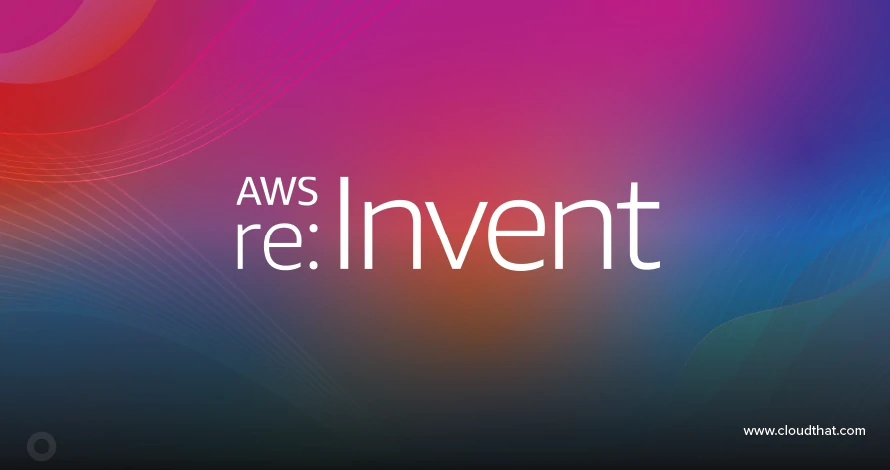|
Voiced by Amazon Polly |
Introduction
In the fast-paced world of cloud-based data lakes, where new data streams arrive every second, the structure of data, its schema, is rarely static. Fields are added, removed, renamed, or shifted as business needs change. This phenomenon is known as schema evolution, and if not handled properly, it can break your ETL jobs, corrupt downstream analytics, or expose your platform to data quality issues.
This is where AWS Glue Data Catalog becomes invaluable. In this detailed blog post, we will dive deep into managing schema evolution effectively using AWS Glue’s capabilities, ensuring your data pipelines remain resilient, automated, and analytics-ready.
Pioneers in Cloud Consulting & Migration Services
- Reduced infrastructural costs
- Accelerated application deployment
Understanding the Challenge: Schema Evolution in Data Lakes
Let’s consider a classic use case. You’re ingesting transactional data from an e-commerce platform into Amazon S3, partitioned by year, month, and day. Over time, the application team introduces new fields like promo_code and decides to change the data type of the discount from int to float.
In a traditional RDBMS environment, schema changes are tightly controlled and handled via migrations. But in a schema-on-read architecture like a data lake, especially when using semi-structured formats (e.g., JSON or Parquet), these schema changes can silently propagate through your pipeline.
Without a proper metadata management strategy:
- Query engines like Amazon Athena may fail due to mismatched schemas
- ETL jobs might process incorrect or incomplete data
- Business reports could become unreliable
That’s why managing schema evolution is not optional, and it’s foundational.
AWS Glue Data Catalog
The AWS Glue Data Catalog is a fully managed, centralized metadata store that acts as the brain of your data lake. It allows you to register metadata about your datasets, track schema versions, and share table definitions across services like Amazon Athena, Amazon Redshift Spectrum, Amazon EMR, and Lake Formation.
Key capabilities of the AWS Glue Data Catalog that relate to schema management include:
- Table and column-level metadata storage
- Partitioning information
- Schema versioning and rollback support
- Integration with AWS Glue Crawlers, Athena, and Lake Formation
It is tightly integrated with AWS Glue ETL jobs, enabling seamless schema-aware transformations at scale.
Automating Schema Detection with AWS Glue Crawlers
AWS Glue Crawlers are serverless components that scan your data, extract metadata, and populate the Glue Data Catalog. They can detect column names, types, and partition structures from various file formats such as Parquet, JSON, ORC, and CSV.

When new data arrives in Amazon S3 with a changed schema, say, a new column is added, the next crawler run compares the updated schema with the existing one. Based on the schema change policy you configure, AWS Glue decides whether to:
- Update the catalog with the new schema,
- Ignore the changes, or
- Log them for review.
This mechanism is critical for automating schema evolution but must be carefully controlled. Over-eager updates can cause inconsistent schema versions across partitions, especially in open table formats like Hive-compatible Amazon S3 directories.
Handling Schema Evolution in ETL Jobs
While Crawlers automate metadata updates, your ETL jobs must still gracefully handle schema drift. This is especially true when:
- Optional fields are sometimes missing
- Data types differ across partitions (e.g., timestamp vs. string)
- Columns need transformation or casting
With AWS Glue Spark jobs (PySpark or Scala), you can programmatically inspect the schema and apply dynamic transformations.
Here’s an example in PySpark:
|
1 2 3 4 5 6 7 8 9 10 11 12 13 14 15 16 17 18 |
from awsglue.dynamicframe import DynamicFrame from pyspark.sql.functions import col # Read from Glue Catalog dyf = glueContext.create_dynamic_frame.from_catalog(database="sales_db", table_name="orders") # Convert to DataFrame for flexibility df = dyf.toDF() # Handle missing 'promo_code' column if 'promo_code' not in df.columns: df = df.withColumn("promo_code", lit(None).cast("string")) # Ensure 'discount' is float df = df.withColumn("discount", col("discount").cast("float")) # Back to dynamic frame dyf_transformed = DynamicFrame.fromDF(df, glueContext, "dyf_transformed") |
This method ensures your ETL logic doesn’t break when the schema evolves gradually over time.
Version Control and Rollbacks in Schema Evolution
Every time a schema is updated, manually or via crawler, AWS Glue stores a new version of the schema. This versioning system is powerful for:
- Auditing who changed what and when
- Debugging failed jobs due to unexpected changes
- Rolling back to a known good schema if needed
You can view schema version history directly in the AWS Console or via the Boto3 SDK.

Example using AWS CLI
|
1 |
aws glue get-schema-version-history --schema-id SchemaName=my-schema-name |
This approach makes schema management traceable and reversible, essential for data governance and compliance in enterprise environments.
Real-World Example: Evolving Sales Data Pipeline
Let’s say your pipeline processes sales orders. Initially, the data looks like this:
|
1 2 3 4 5 6 |
{ "order_id": 1234, "product_id": "X01", "quantity": 2, "discount": 10 } |
Later, you add a new promo_code field, and the discount changes from an integer to a float:
|
1 2 3 4 5 6 7 |
{ "order_id": 1235, "product_id": "X02", "quantity": 1, "discount": 5.5, "promo_code": "NEWYEAR50" } |
If you:
- Use Parquet format
- Configure the crawler to UPDATE_IN_DATABASE
- Use casting logic in Glue jobs
Then your ETL will handle this evolution without issue.
But if you:
- Use JSON or CSV
- Have no schema validation
- Depend solely on Athena queries
Then schema evolution will likely break your pipeline, resulting in failed queries or data corruption.
Conclusion
With the right practices and tools from AWS Glue, you can tame even the most unpredictable data sources and deliver consistent, analytics-ready datasets to your users.
Drop a query if you have any questions regarding AWS Glue and we will get back to you quickly.
Empowering organizations to become ‘data driven’ enterprises with our Cloud experts.
- Reduced infrastructure costs
- Timely data-driven decisions
About CloudThat
CloudThat is an award-winning company and the first in India to offer cloud training and consulting services worldwide. As a Microsoft Solutions Partner, AWS Advanced Tier Training Partner, and Google Cloud Platform Partner, CloudThat has empowered over 850,000 professionals through 600+ cloud certifications winning global recognition for its training excellence including 20 MCT Trainers in Microsoft’s Global Top 100 and an impressive 12 awards in the last 8 years. CloudThat specializes in Cloud Migration, Data Platforms, DevOps, IoT, and cutting-edge technologies like Gen AI & AI/ML. It has delivered over 500 consulting projects for 250+ organizations in 30+ countries as it continues to empower professionals and enterprises to thrive in the digital-first world.
FAQs
1. What is schema evolution?
ANS: – It’s how data structure changes over time, like adding or removing columns.
2. How does AWS Glue handle schema changes?
ANS: – AWS Crawlers detect changes and update the Data Catalog based on the schema change policy.

WRITTEN BY Deepak Kumar Manjhi
Deepak Kumar Manjhi works as a Research Associate (Data & AIoT) at CloudThat, specializing in AWS Data Engineering. With a strong focus on cloud-based data solutions, Deepak is building hands-on expertise in designing and implementing scalable data pipelines and analytics workflows on AWS. He is committed to continuously enhancing his knowledge of cloud computing and data engineering and is passionate about exploring emerging technologies to broaden his skill set.


 Login
Login


 May 23, 2025
May 23, 2025 PREV
PREV










Comments